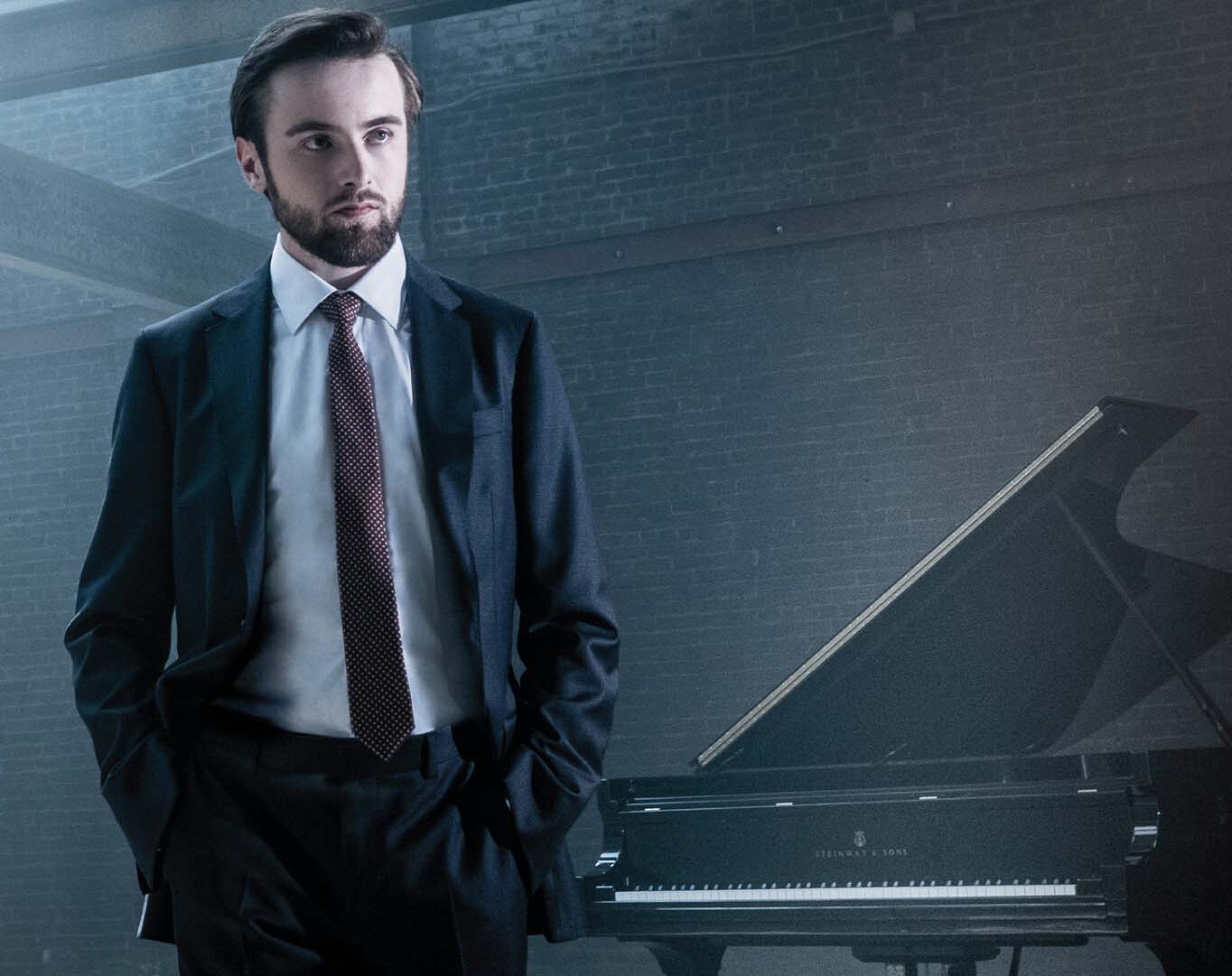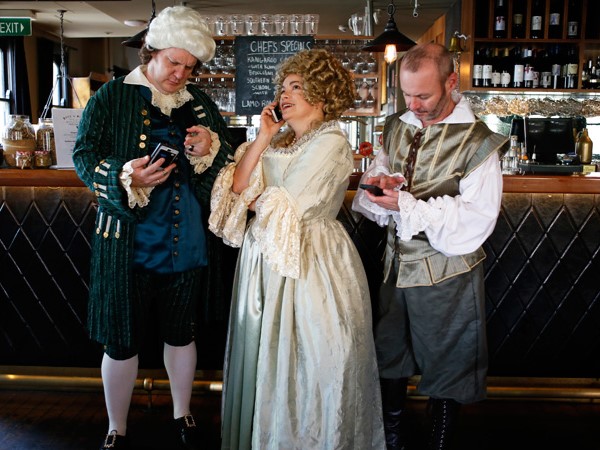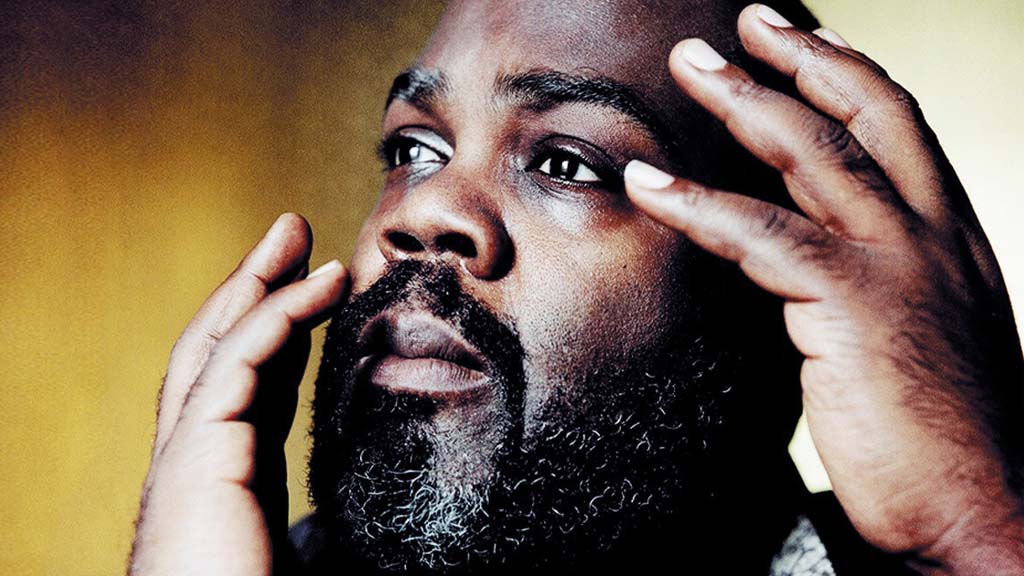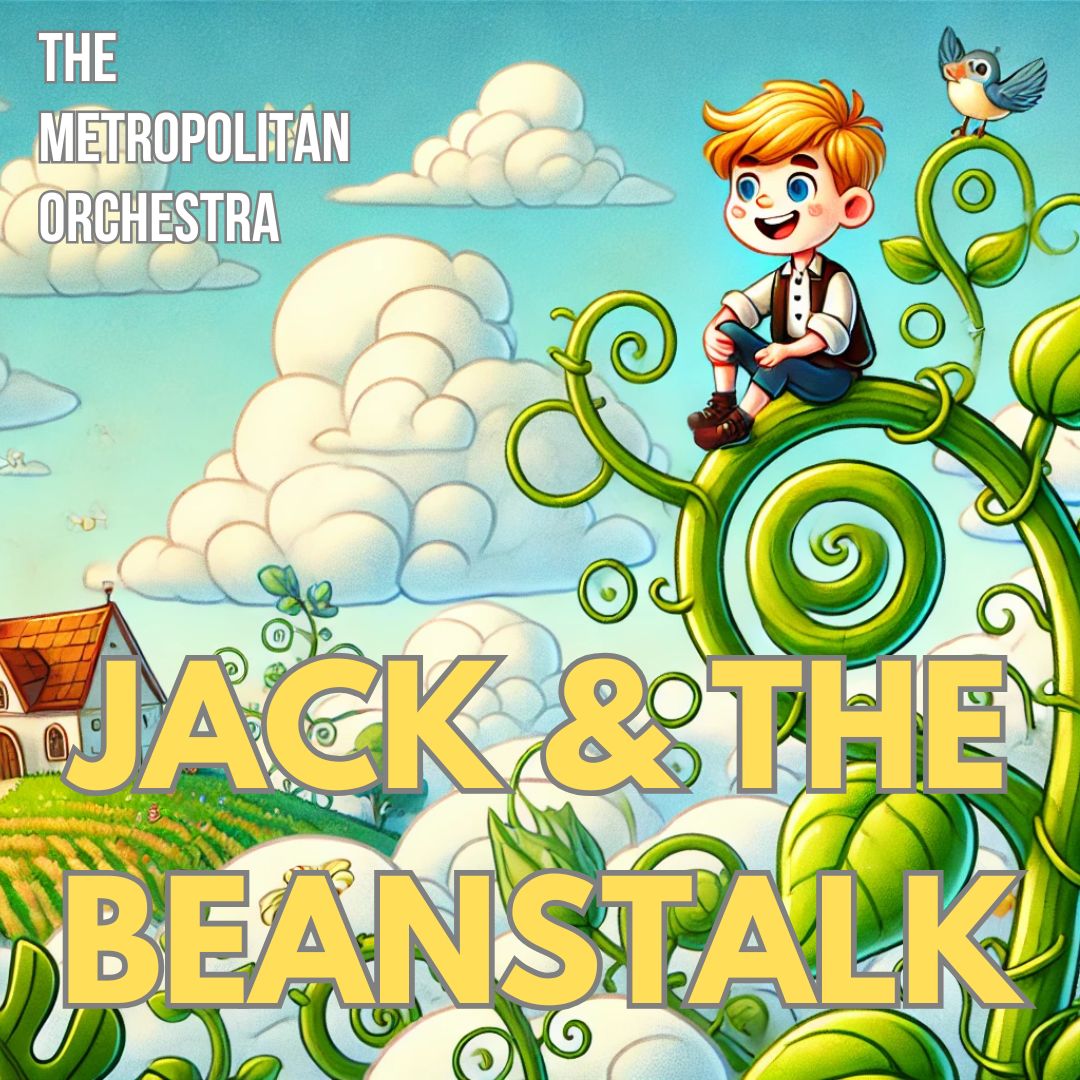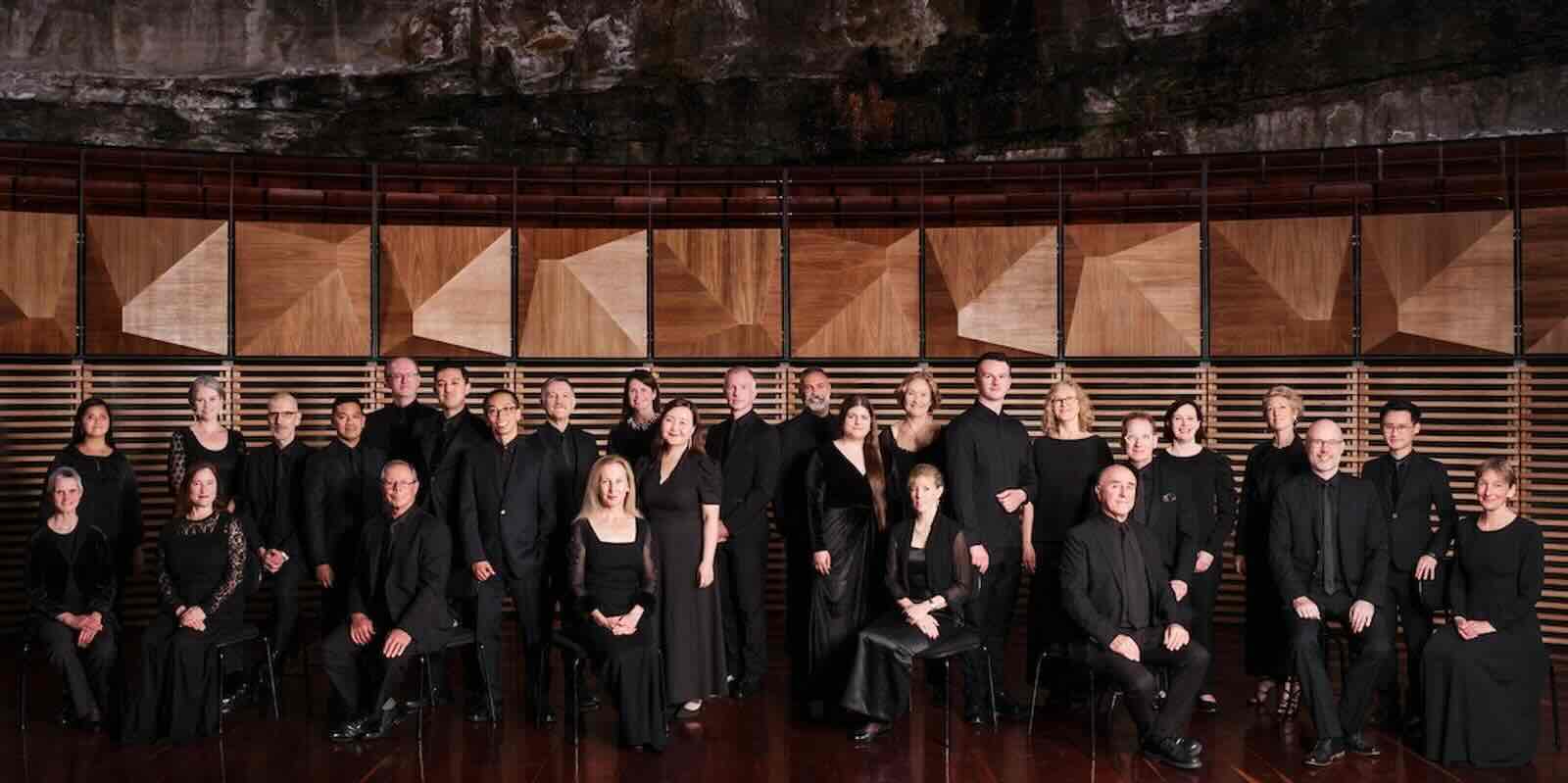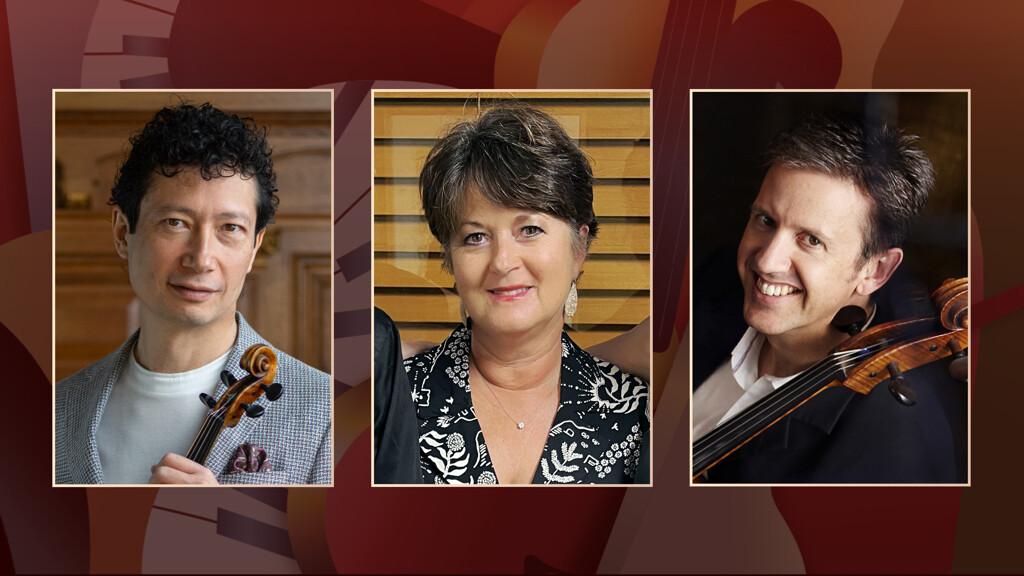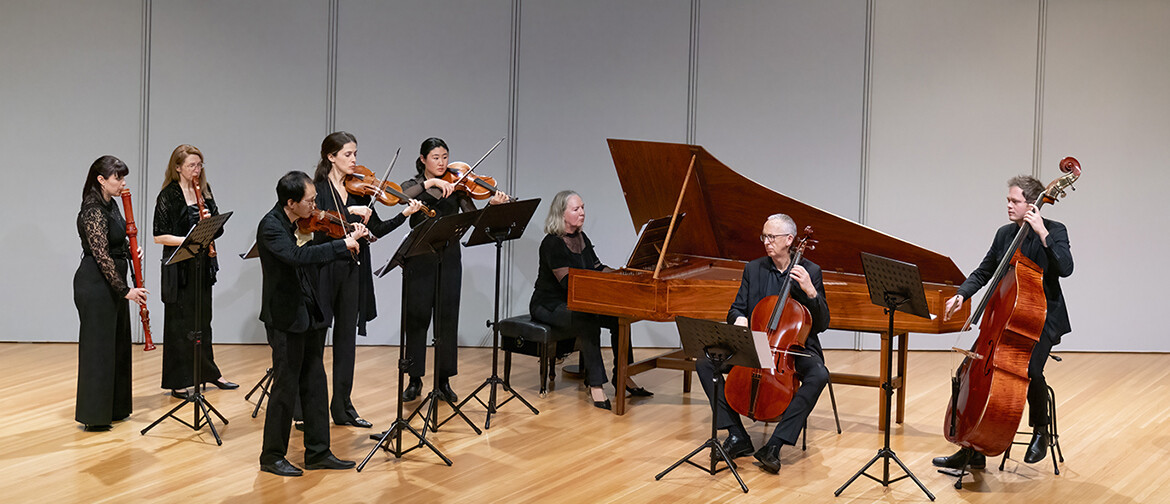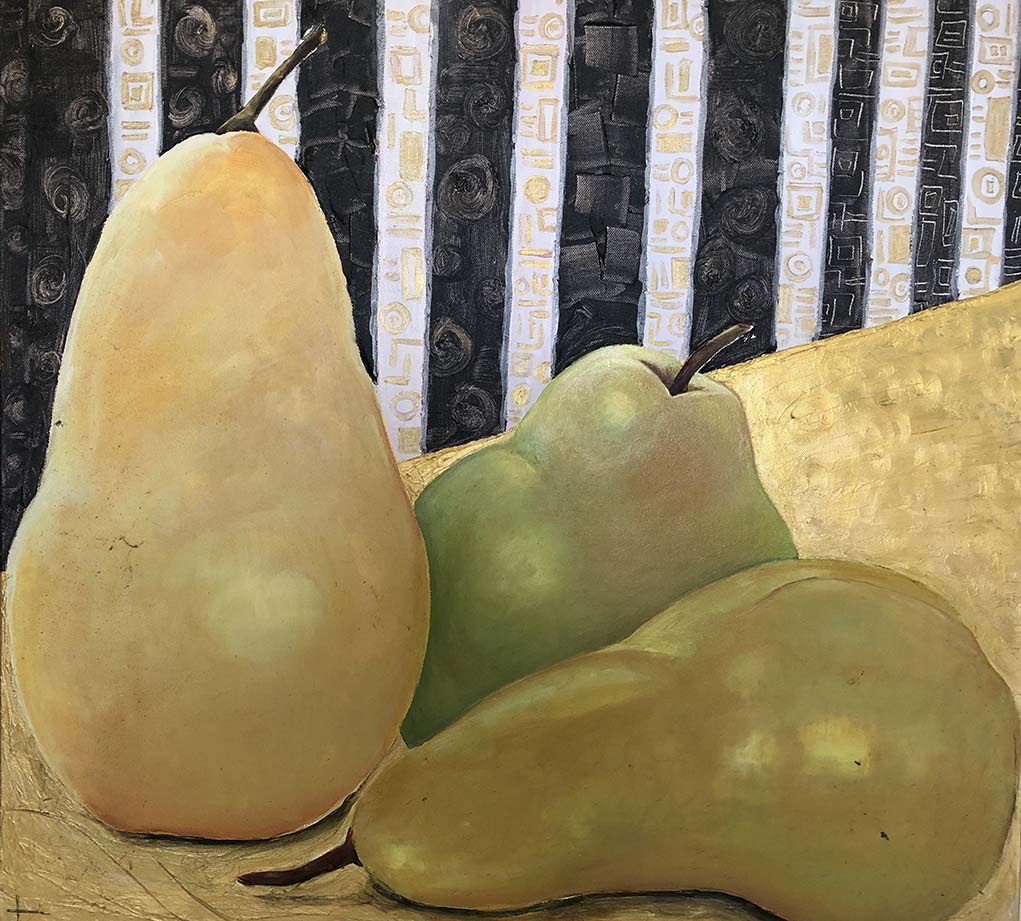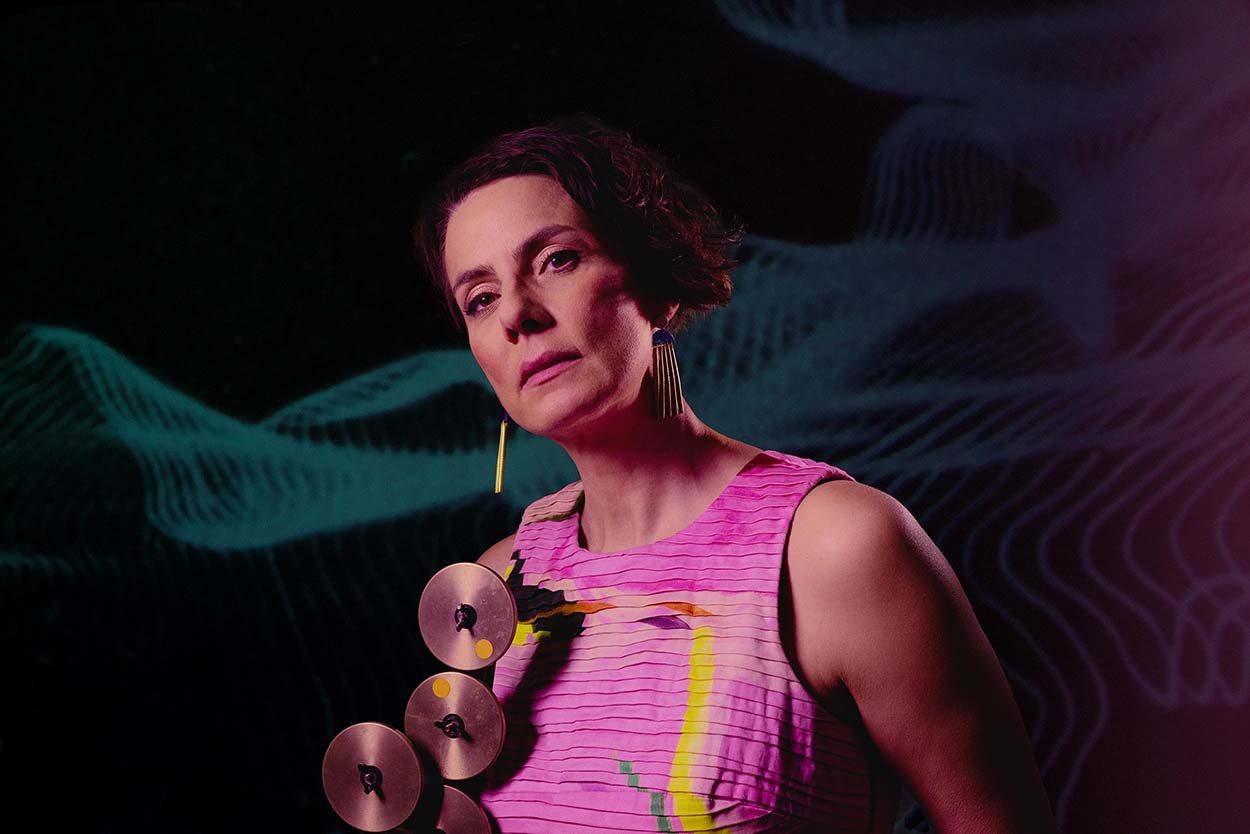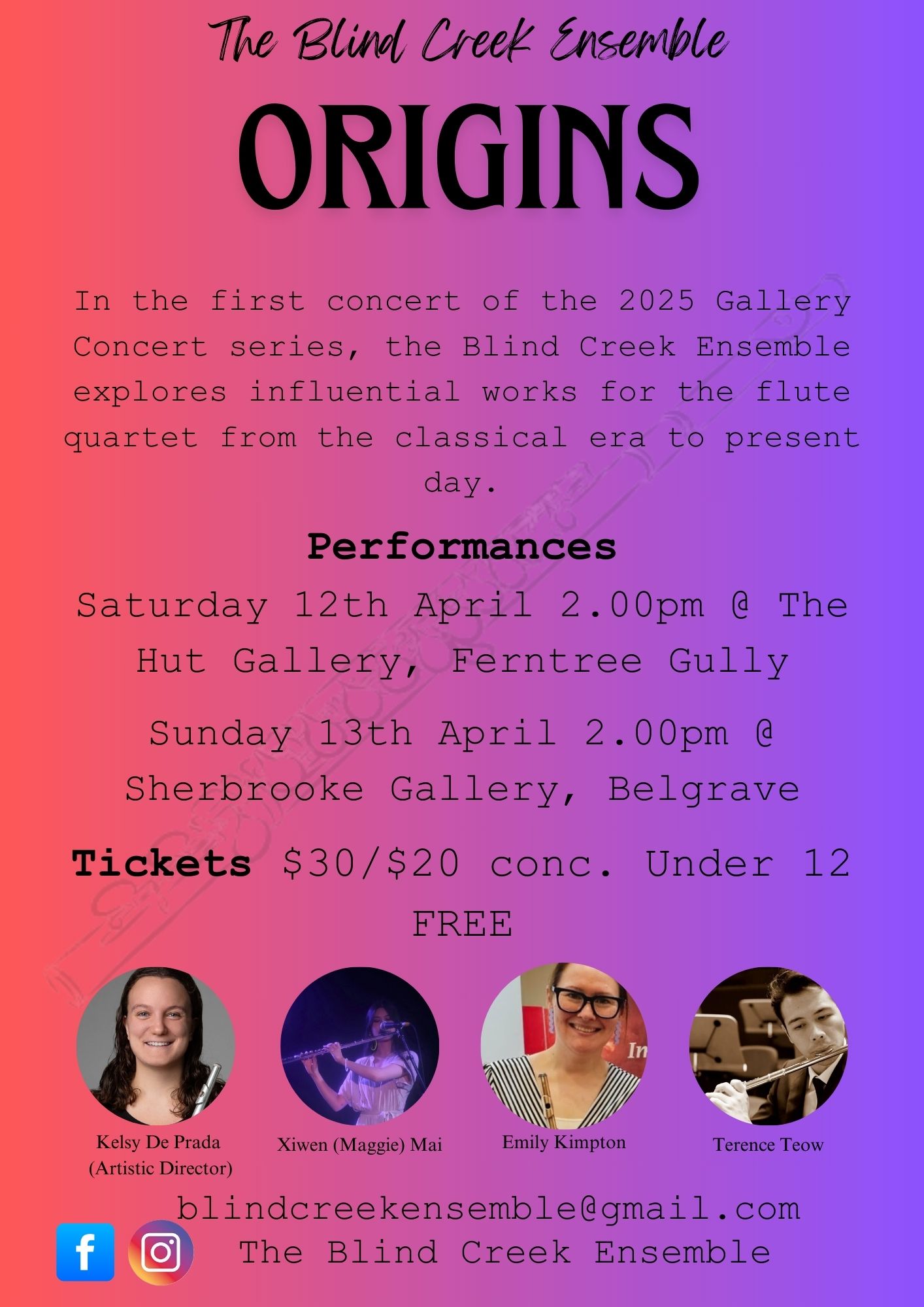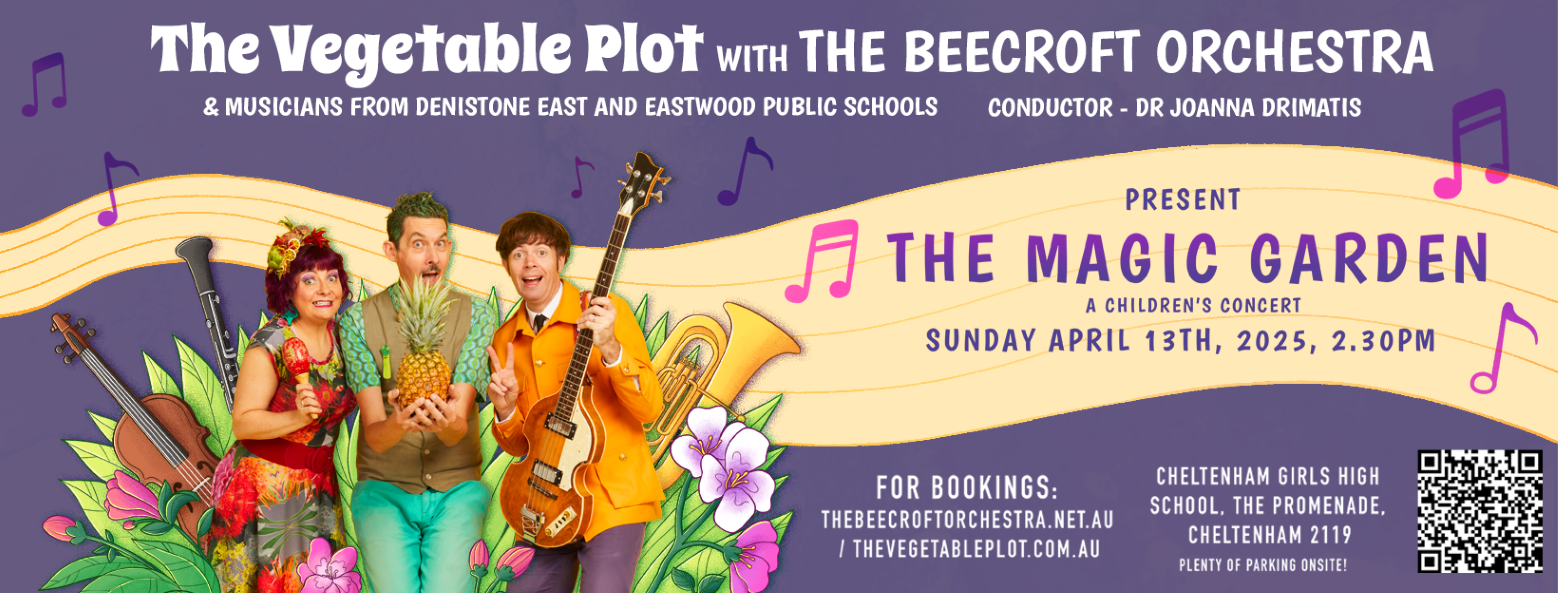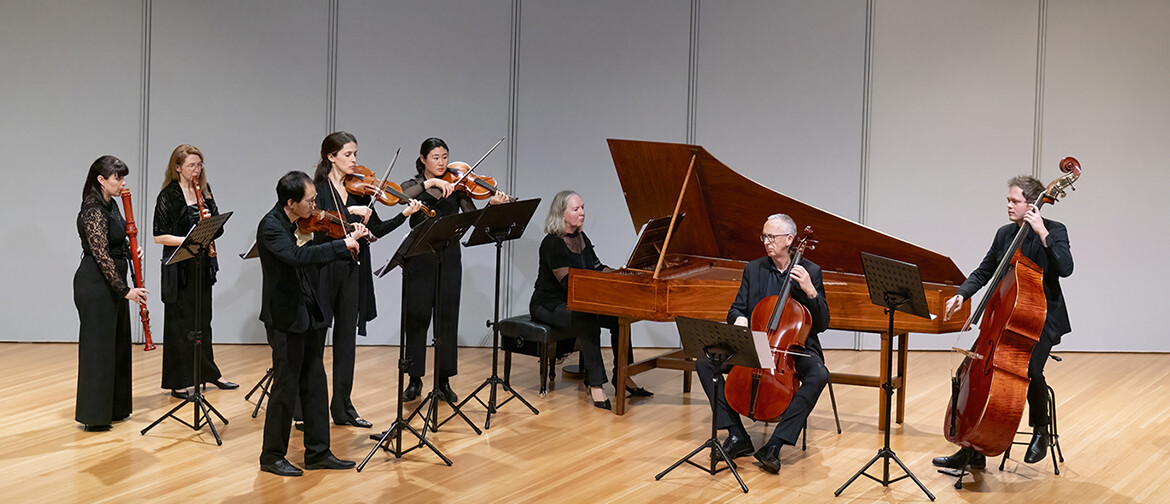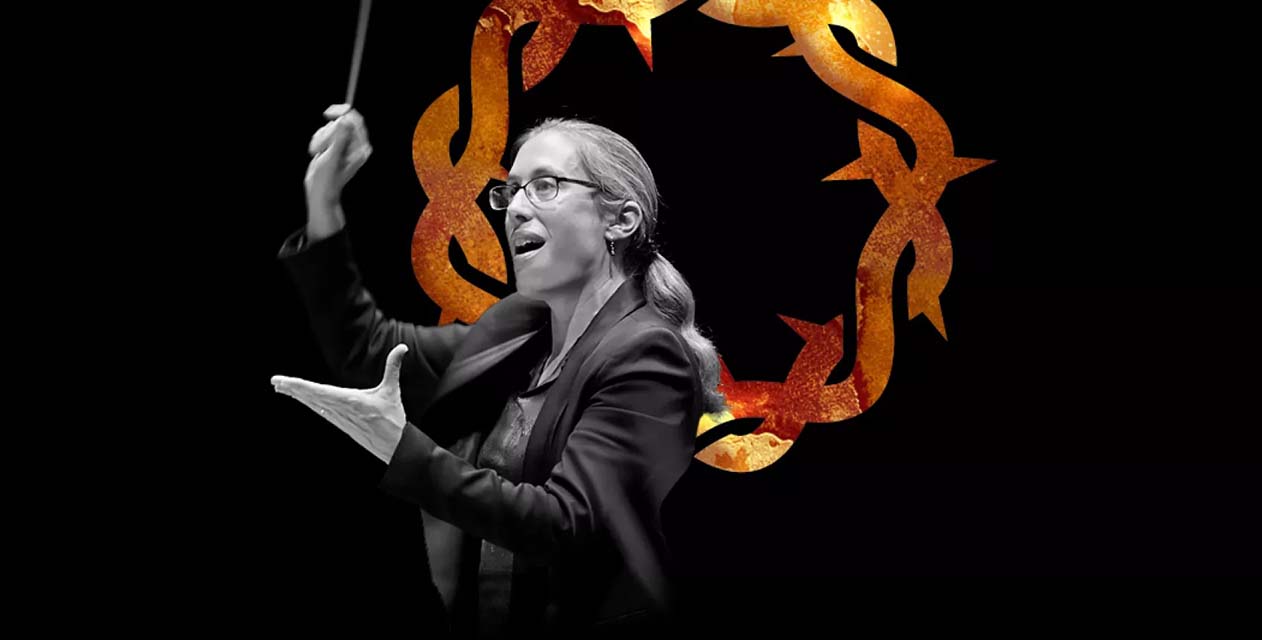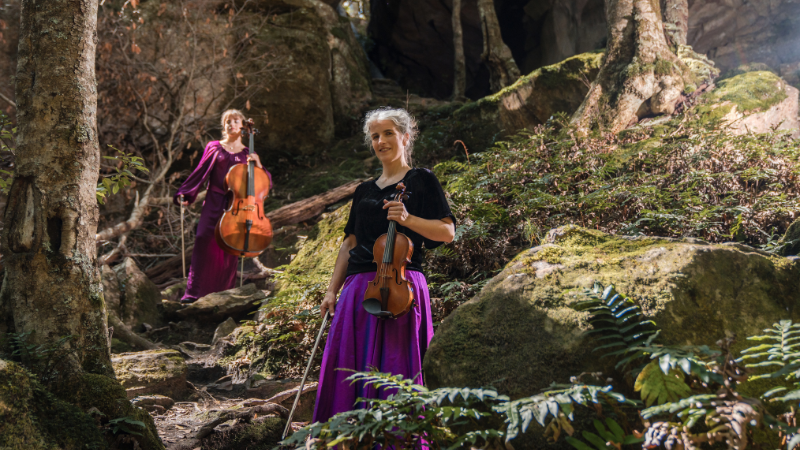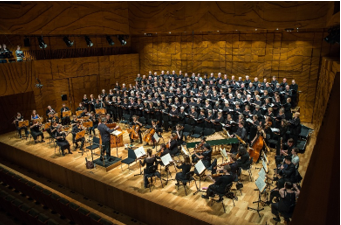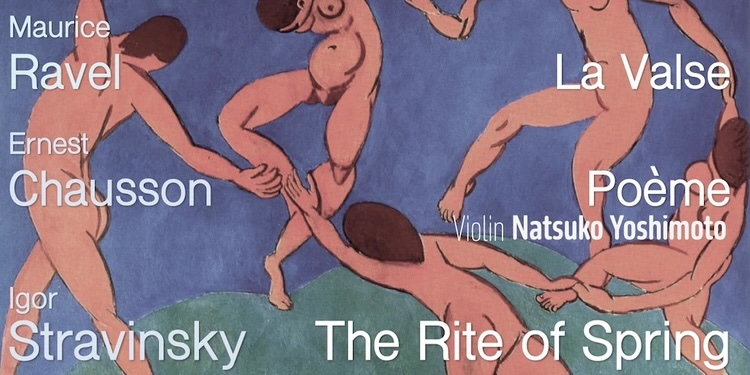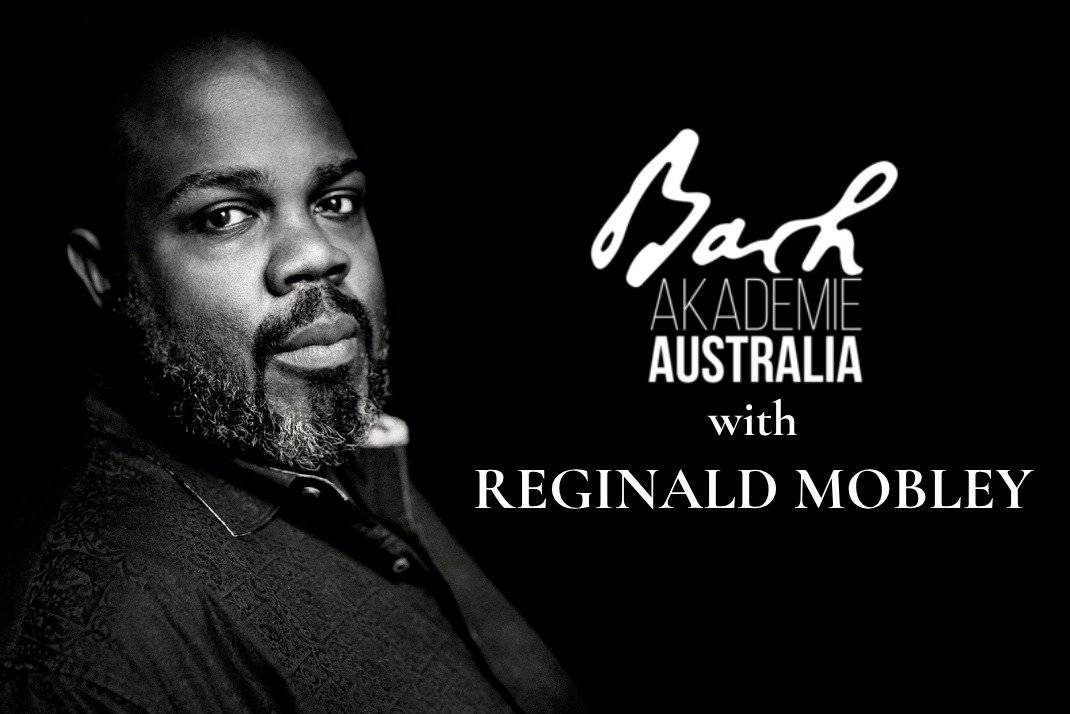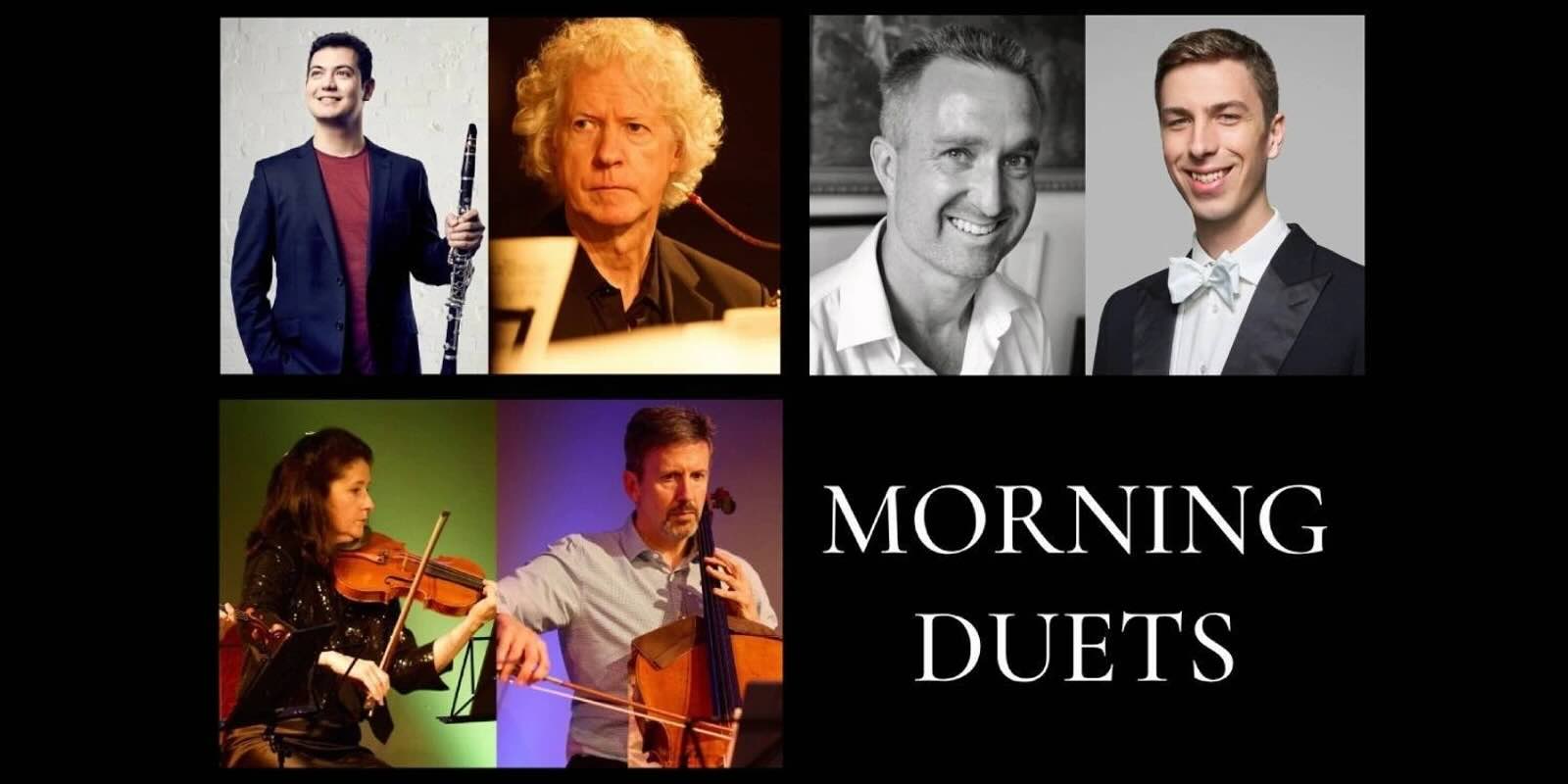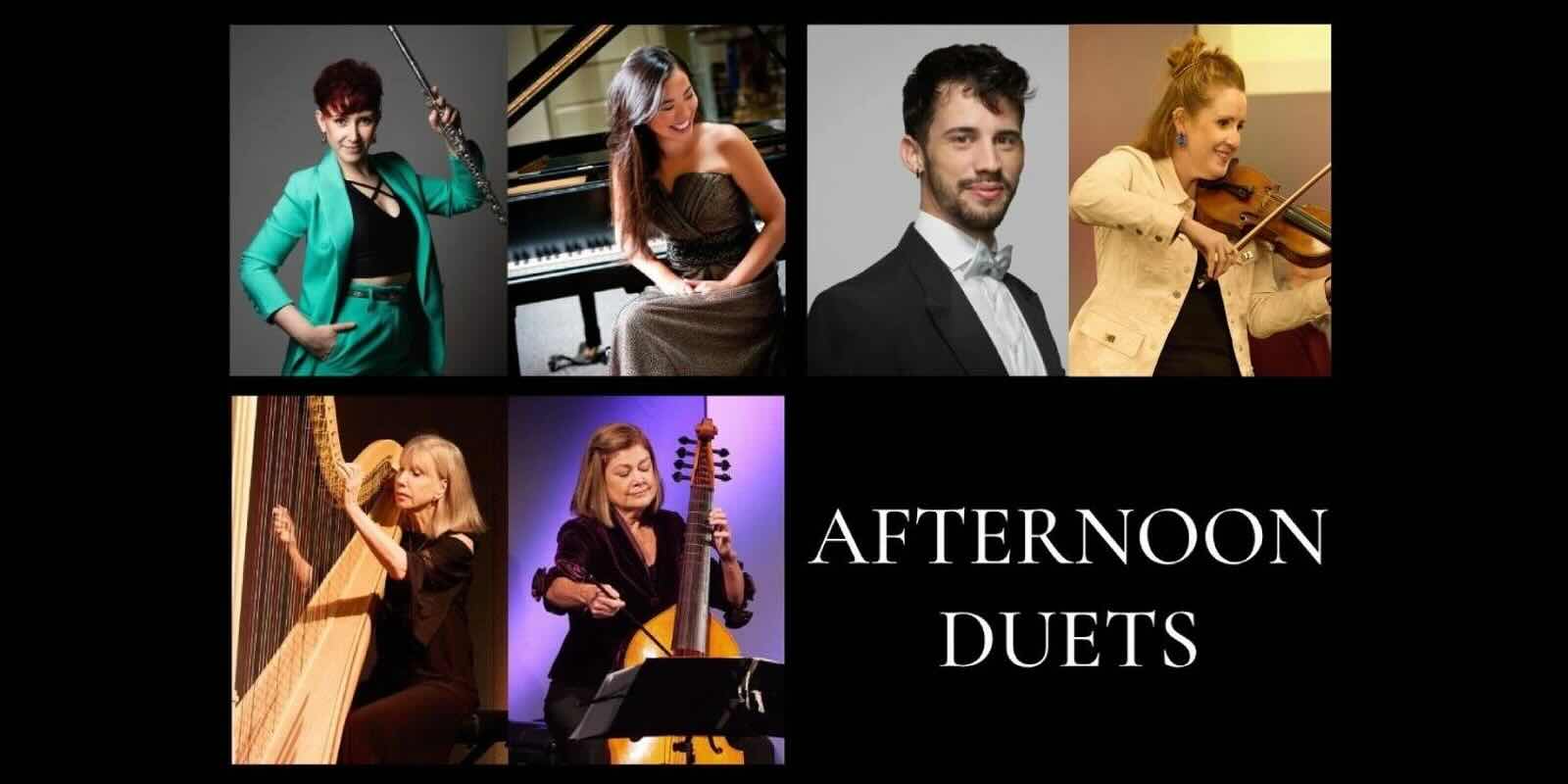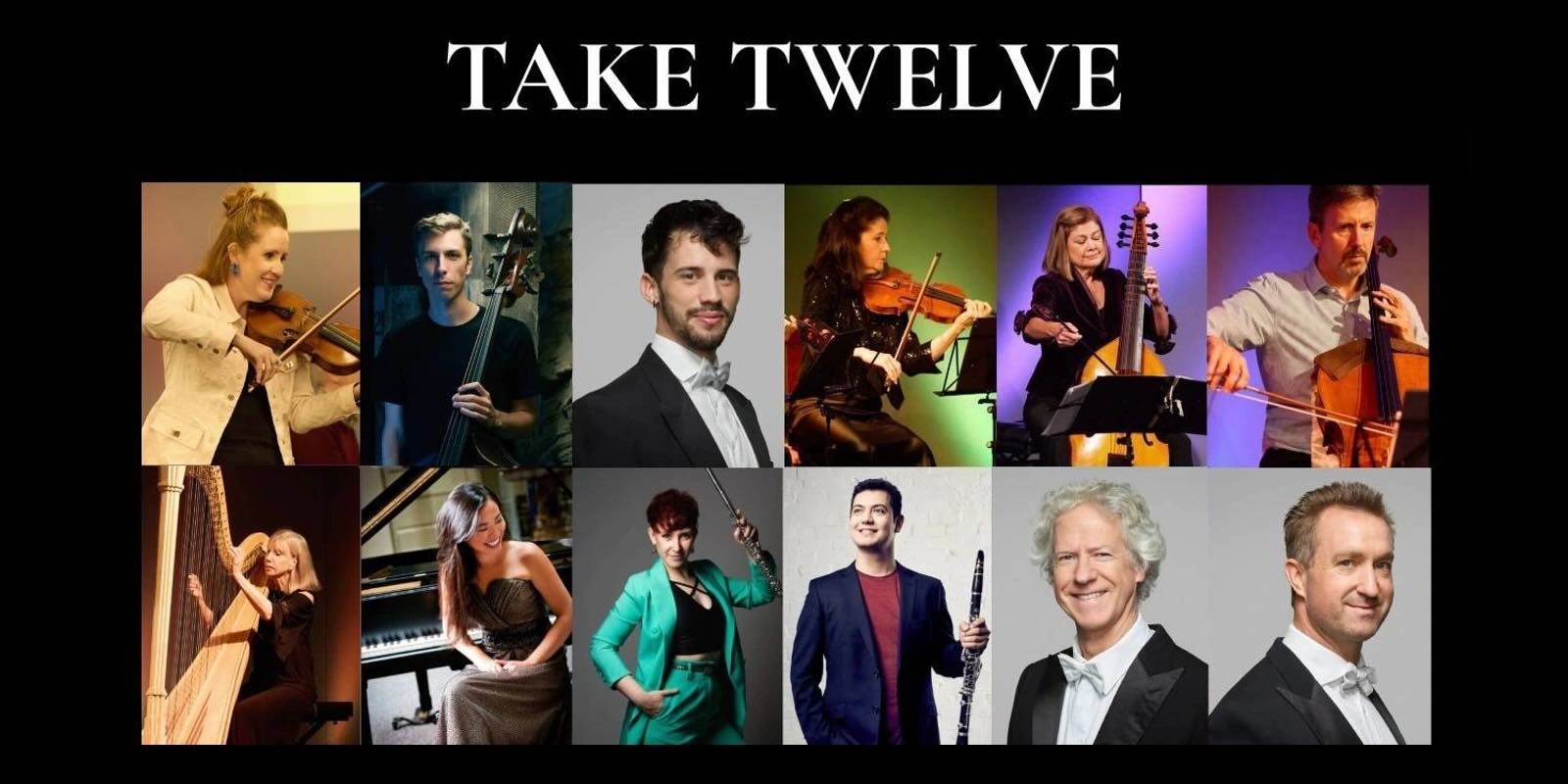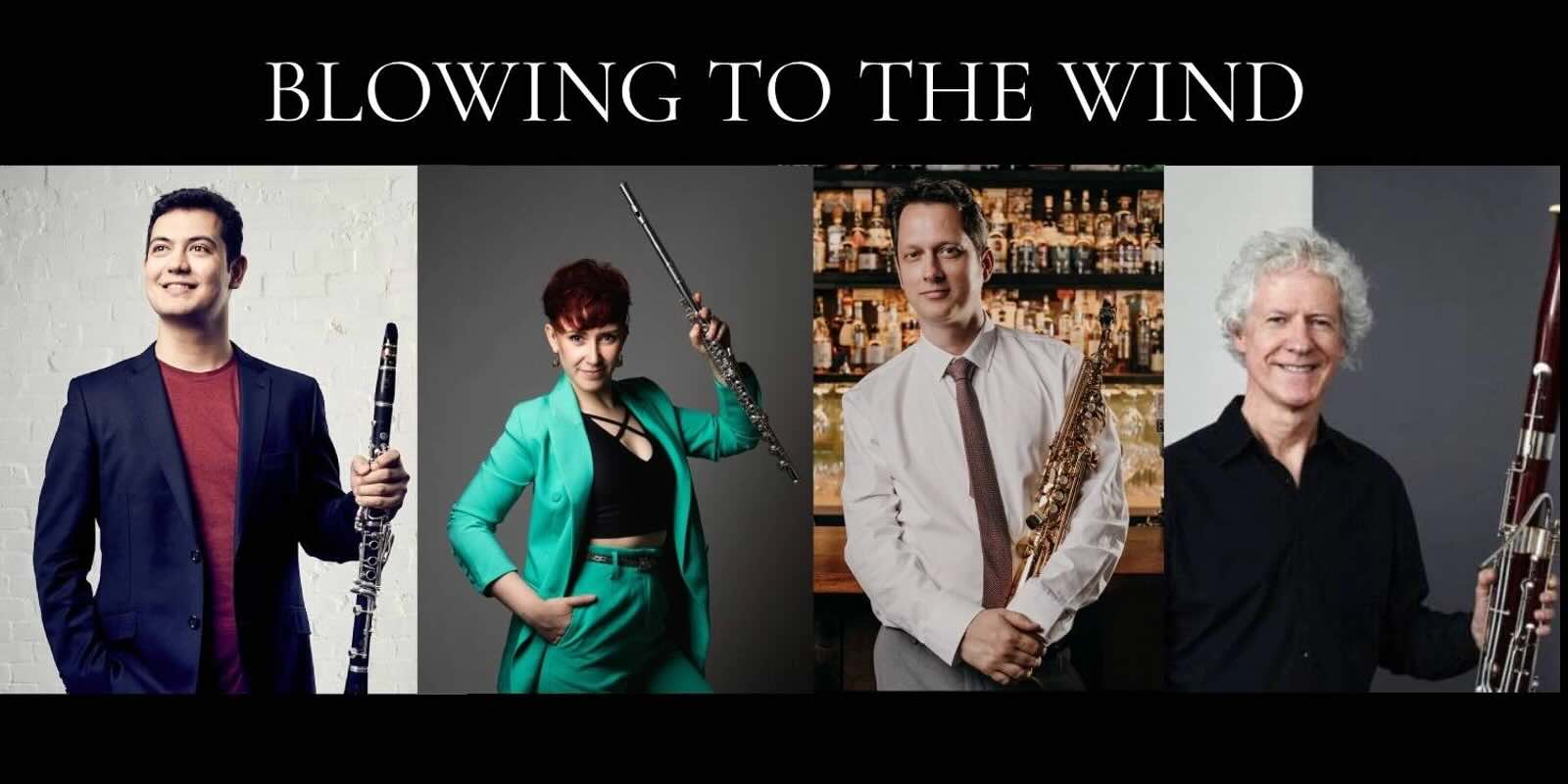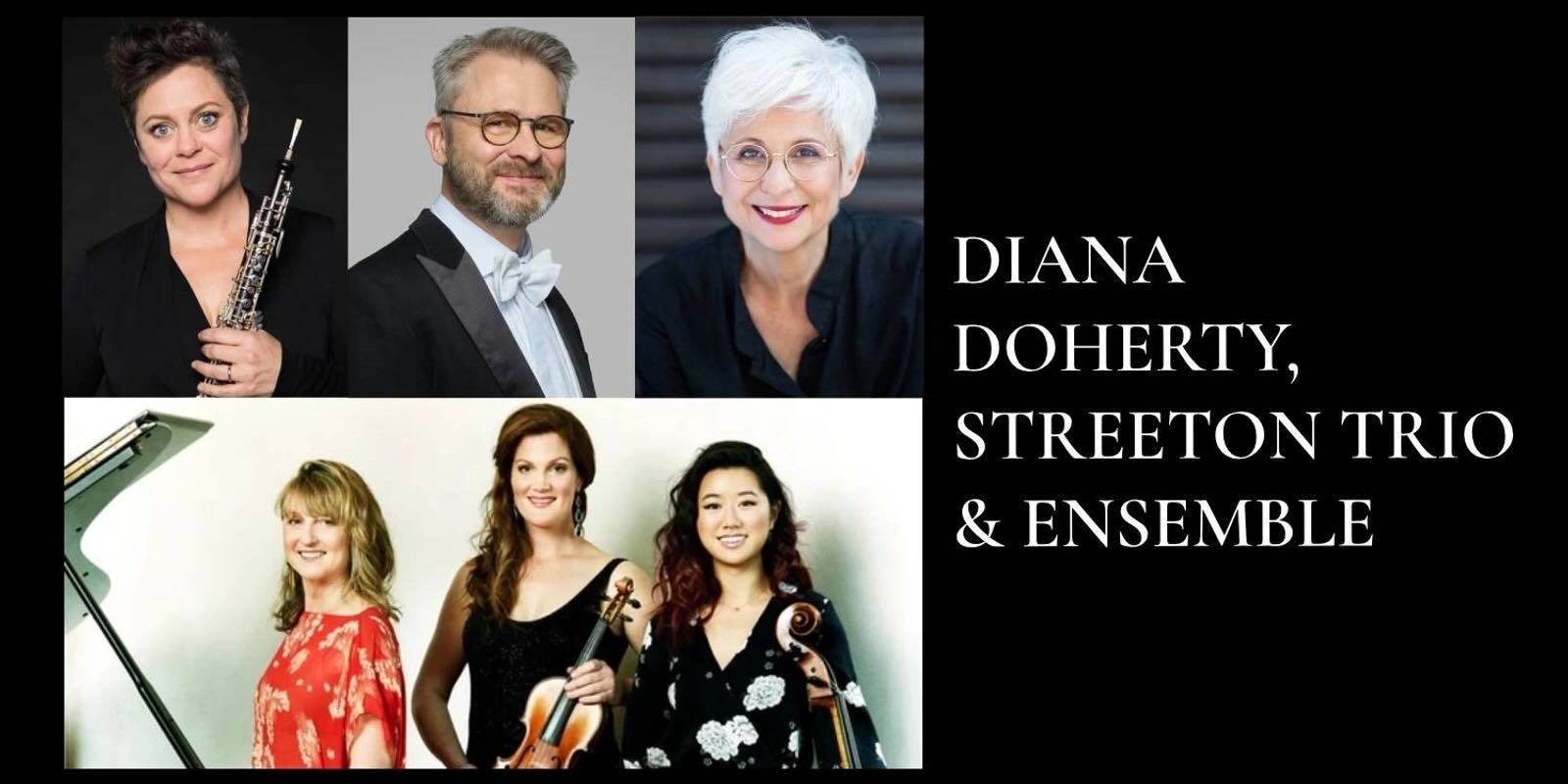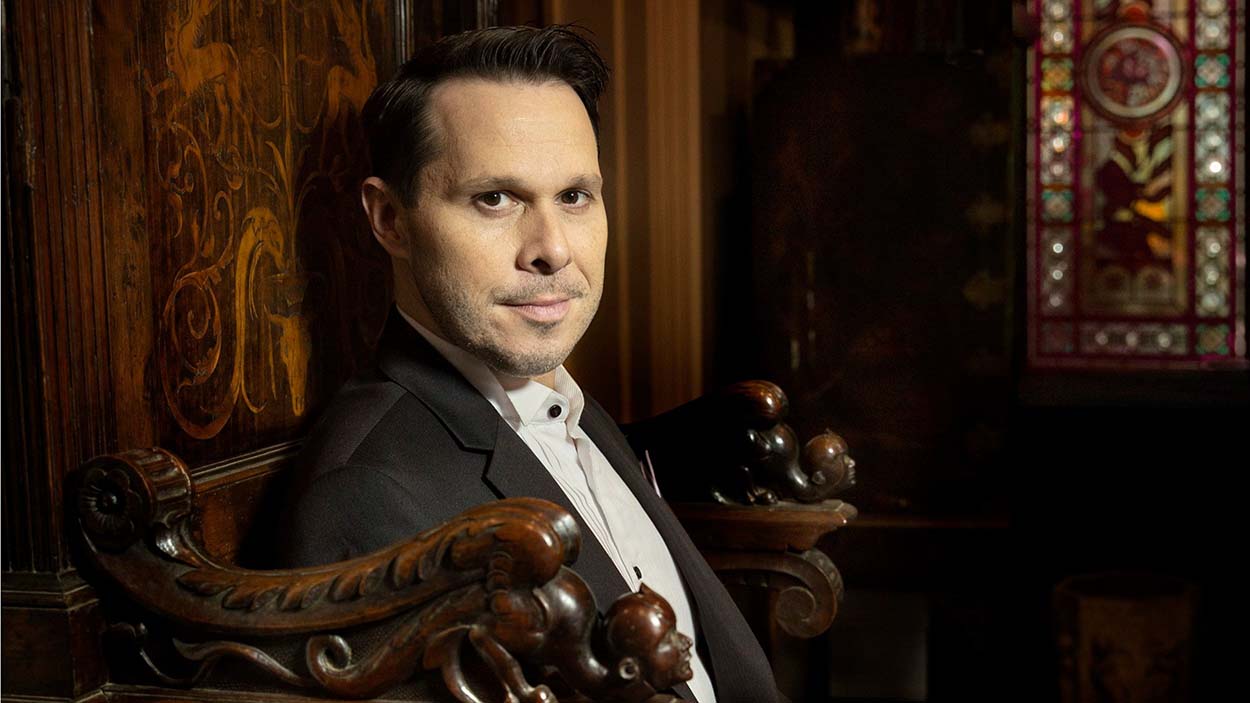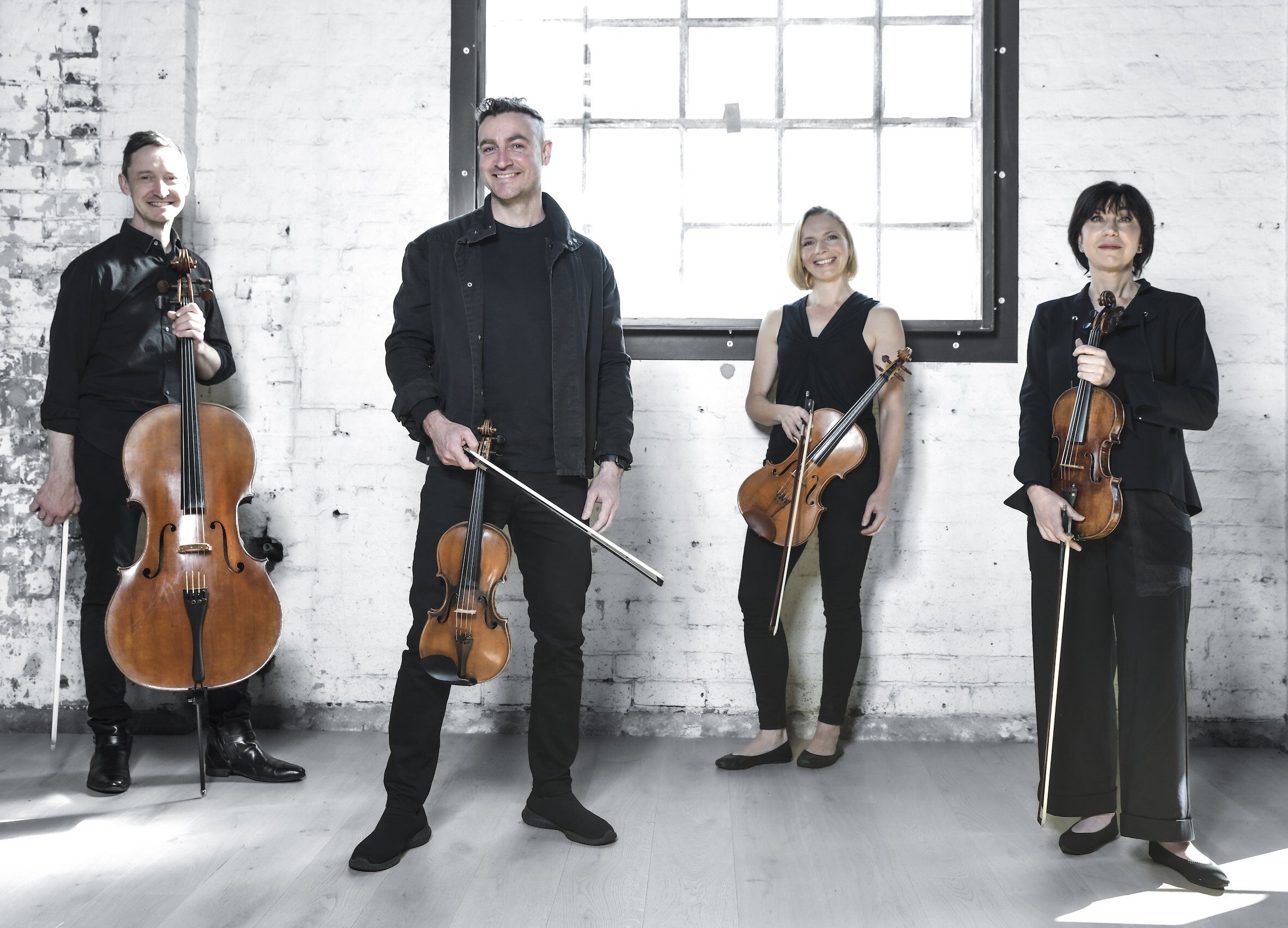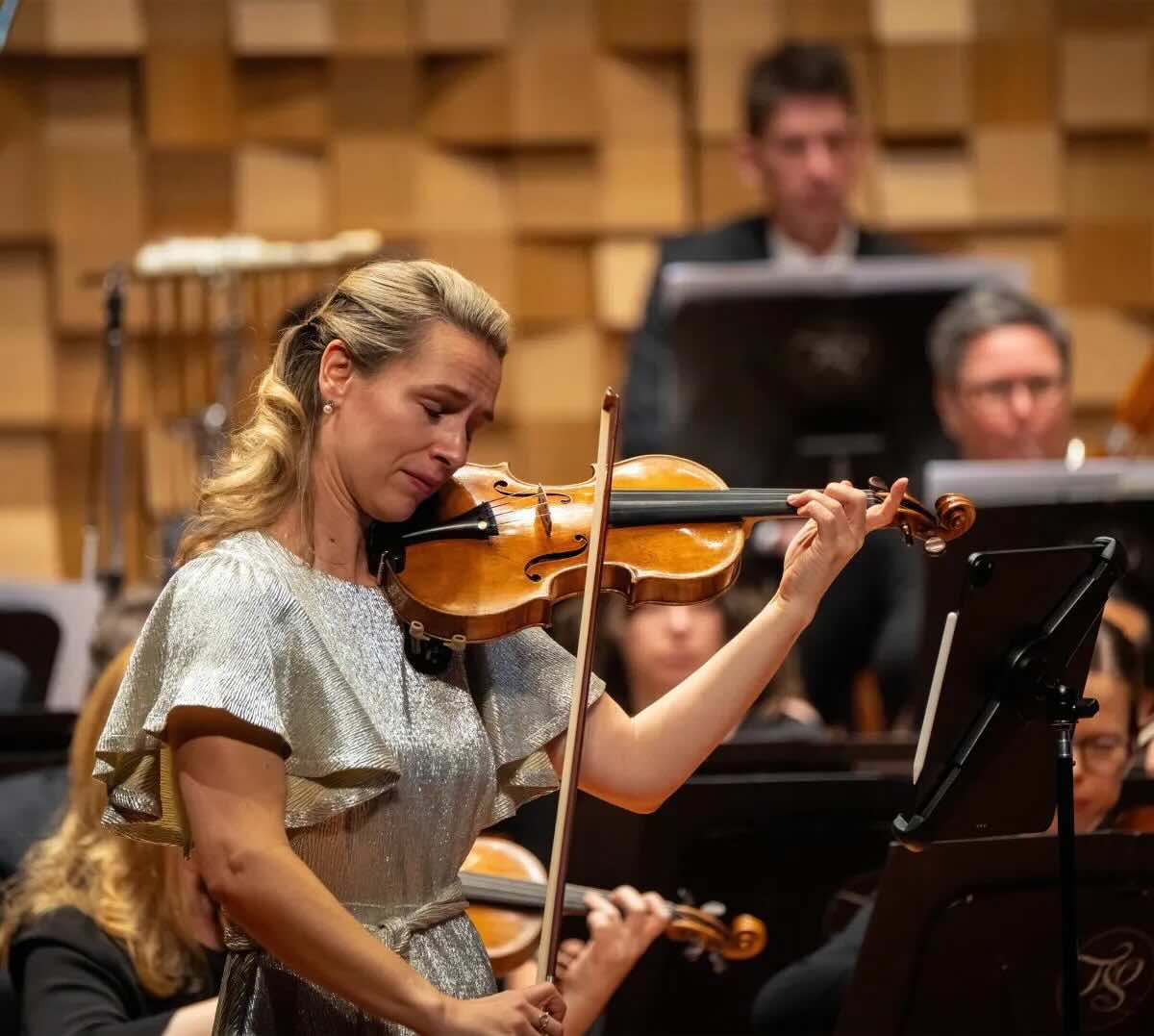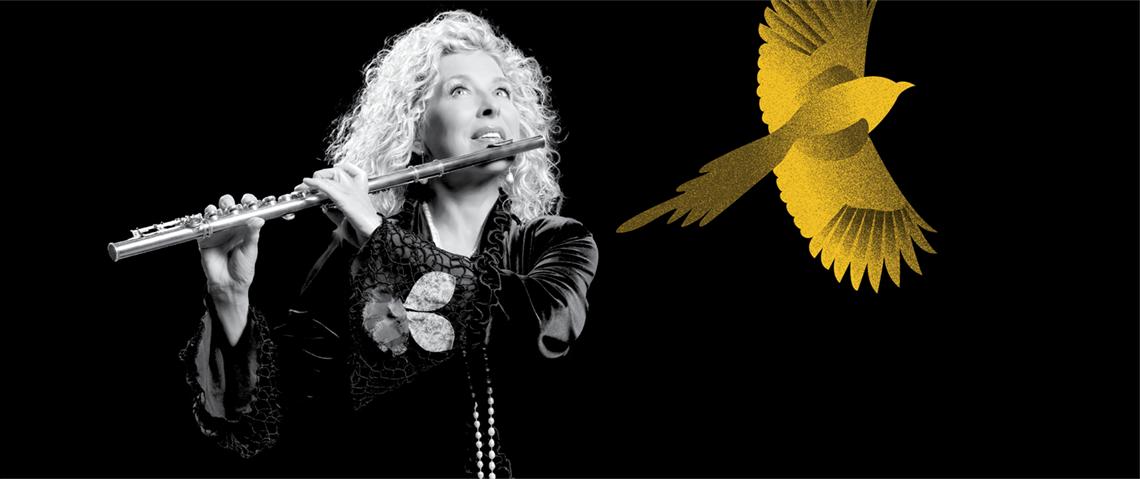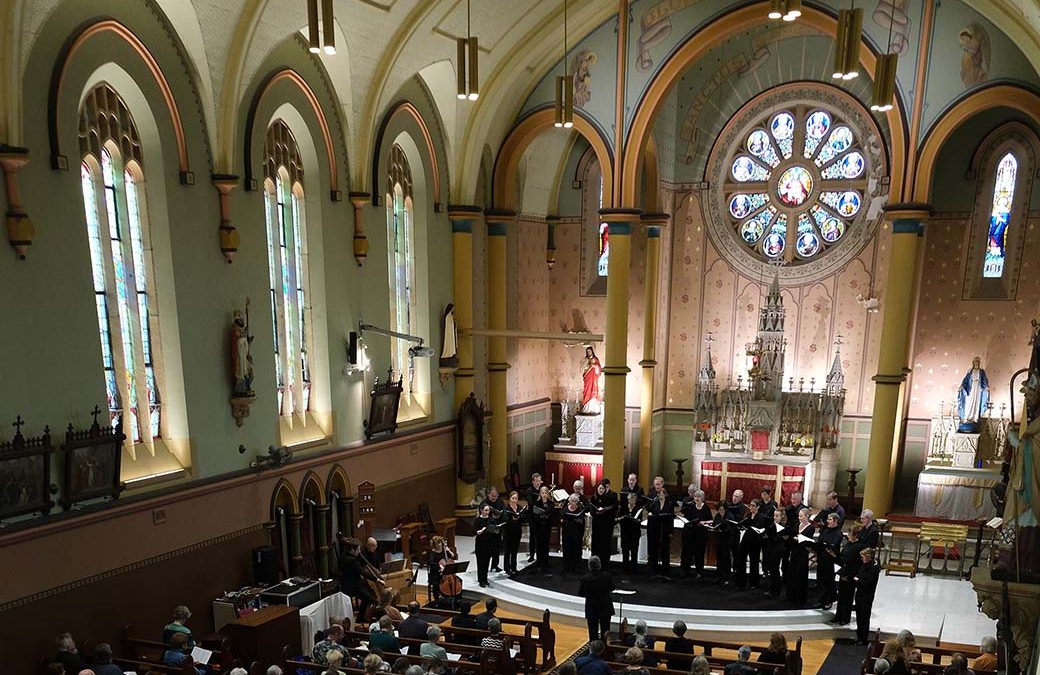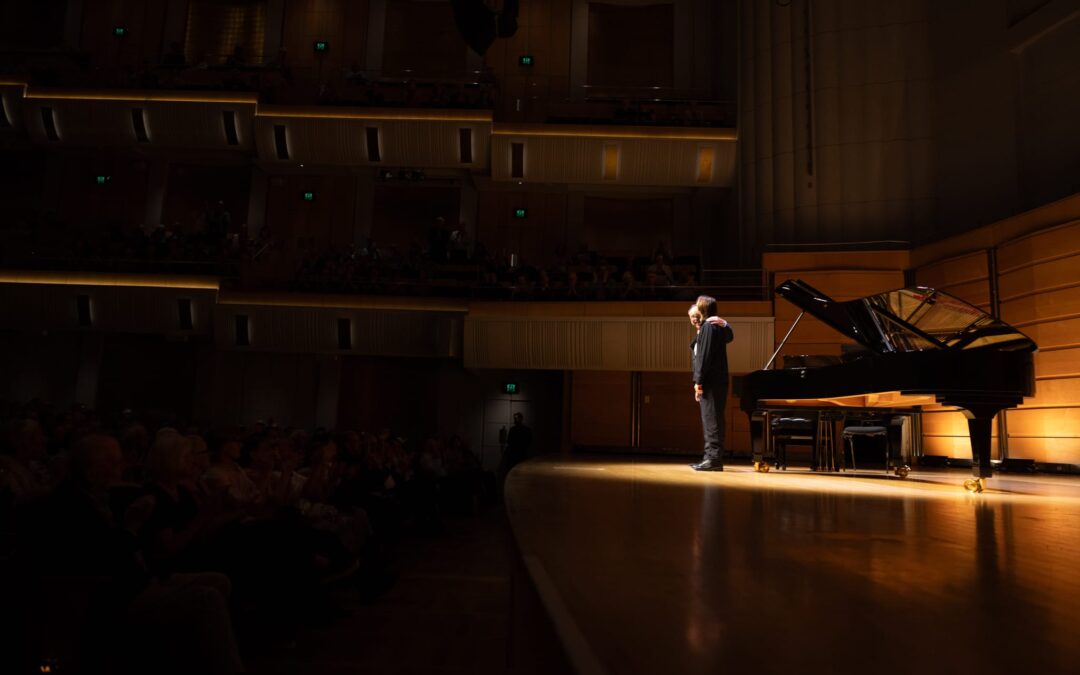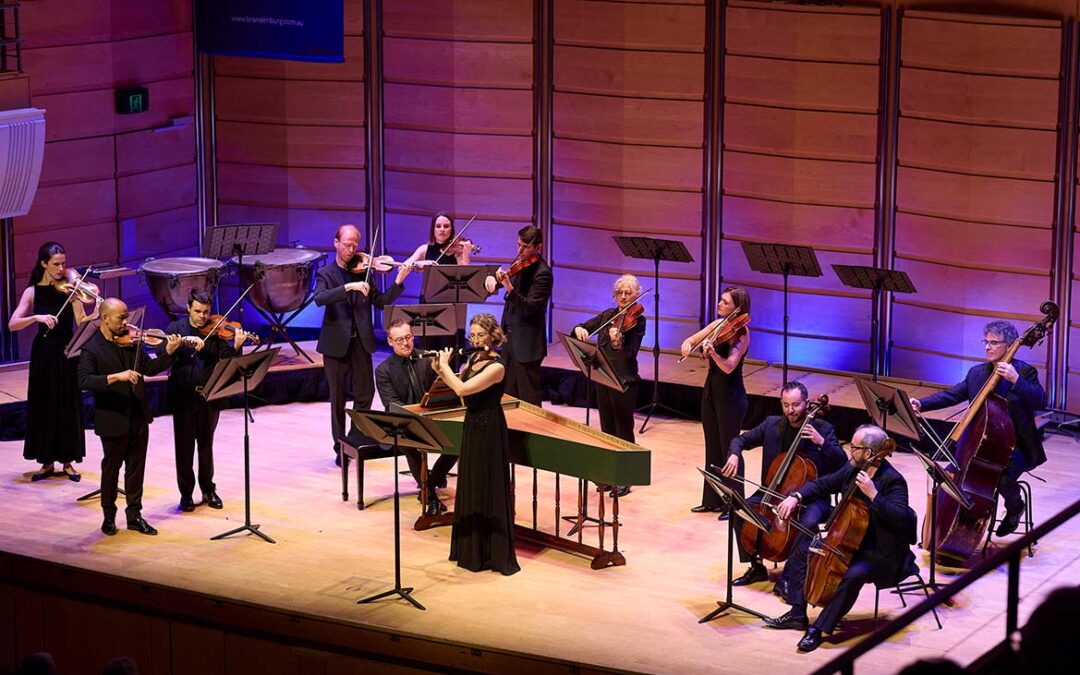Sydney Symphony Orchestra | Daniil Trifonov performs Rachmaninov
28 March 2025, Concert Hall, Sydney Opera House, NSW
PROGRAM
LIADOV The Enchanted Lake , Op. 62
RACHMANINOV Piano Concerto No. 4 in G minor, Op. 40
BERLIOZ Symphonie Fantastique Op. 14
i. Daydreams – Passions
ii. A Ball
iii. In the Fields
iv. March to the Scaffold
v. Sabbath Night Dream
ARTISTS
ASHER FISCH conductor
DANIIL TRIFONOV piano
This concert was dedicated to the memory of Donald Hazelwood, the much loved and highly regarded concert master of the Sydney Symphony Orchestra from 1965 to 1998. He sadly died earlier this month. His wife and daughter were in the audience.
Anatoly Lyadov‘s symphonic poem The Enchanted Lake, premiered in 1909 in St Petersburg. It is an interesting piece scored for flutes, oboes, clarinets, bassoons, horns, timpani, celesta, bass drum, harp and strings. The work barely has any melodies and relies mostly on orchestral texture and harmonic shifts to evoke the atmosphere of a lake at night. Asher Fisch’s well balanced textures and muted dynamics gave the performance a fairy tale feeling and the celesta twinkled like stars reflected in the water.
Sergei Rachmaninov, who moved to New York in 1918 after the Russian Revolution, first released his last piano concerto (No. 4) in 1926 to scathing reviews. He revised it and rereleased it in 1928, and again reviled he withdrew the work. Never giving up on it however, he revised it again late in life and this 1941 version is the one we heard today. He was never really satisfied with the work and was still sketching revisions before his death in 1943.
This concerto is the most minimally orchestrated of his four concertos and is characterised, like much of his later music, by chromaticism, brief fragments of melody and powerful rhythmic impulses. Trifonov’s pounding on the piano occasionally lifted him off the stool. His brilliant and self assured playing gave the work an unsettling restlessness.
Interestingly the second movement is somewhat antithetical to this, Rachmaninov loved jazz music and the influences of Gershwin’s Rhapsody in Blue and Porgy and Bess can clearly be heard here. The orchestra ranged from gentle blankets of sound to rolling thunder.
Trifonov blended with the orchestra when the music required and gave us many tender moments; always a consummate musician and never a great ego. When demanded however, and it often is with Rachmaninov, he created thrilling climaxes with great virtuosity.
The full title of Berlioz‘ famous symphony is Symphonie fantastique: Épisode de la vie d’un artiste … en cinq parties (Fantastic Symphony: Episode in the Life of an Artist … in Five Sections). It is a programatic work that is semi-autobiographical, about an artist in an opium induced frenzy because of his unrequited love. The idée fixe, the compulsive theme which occurs through all five movements is like an obsessive trope for Berlioz’ love of the Shakespearean actress Harriet Smithson. Something must have worked because in 1833, three years after the first performance, she married him and they were initially happy. As one might expect with such obsessive beginnings, things became complicated in manners too detailed to describe here; but it did not end well. Fortunately we still have the symphony!
The cor anglais and off-stage oboe echo at the beginning of the pastoral third movement was beautifully played by Alexandre Oguey and Diana Doherty. This movement (both the composition and performance) was clearly inspired by the storm scene in Beethoven’s 6th.
Fisch and the SSO gave a monumental performance, but the subtleties were not lost. The idée fixe melody is well known and it was as if Fisch was drawing our attention to what else was happening. For example, when the violins have the melody, he might bring out the figuration in the cellos. This approach made for an interesting and more nuanced performance than I have heard before. Surging swells and accelerandos were well controlled and not overdone, so that when the climax did arrive (as it often did in the various movements), it was all the more thrilling and convincing.
The cataclysm of the Dies Irae in the last movement was a wonderful conflagration. The audience loved it, as did I.

